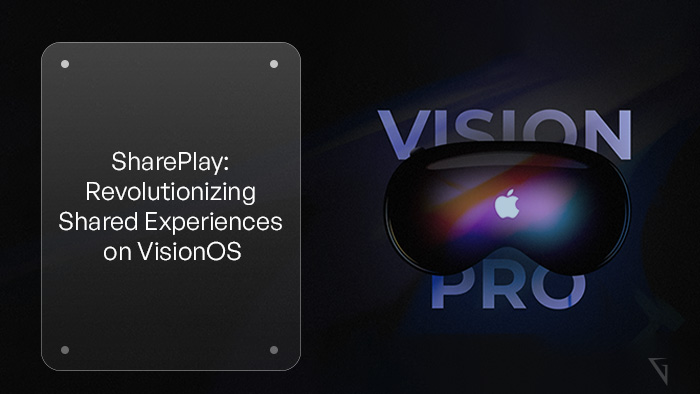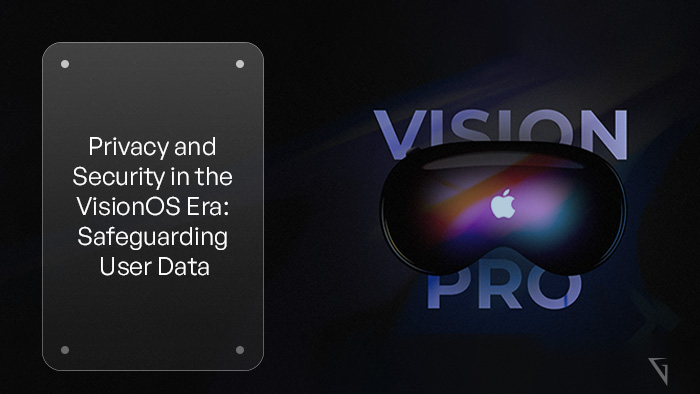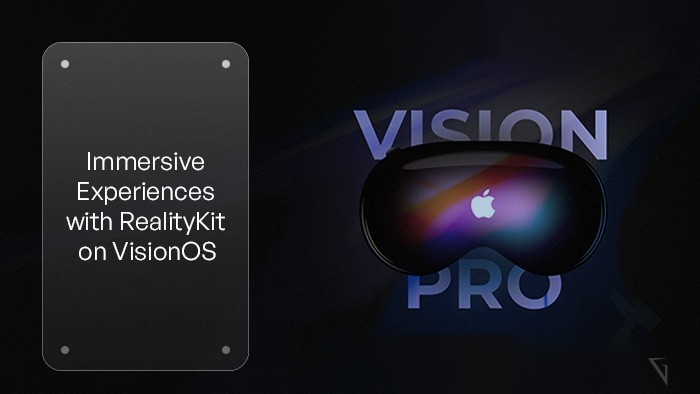
SharePlay: Revolutionizing Shared Experiences on VisionOS
SharePlay, a powerful feature introduced with VisionOS, is set to revolutionize the way users engage in shared experiences on Apple Vision Pro. Whether it’s collaborating on tasks, watching movies together, or exploring apps in a face-to-face setting, SharePlay brings people closer than ever before. In this blog, we will delve into the capabilities of SharePlay and explore how it transforms shared experiences on VisionOS. Introducing SharePlay: SharePlay enables users to share app windows with others during FaceTime calls on VisionOS. This feature allows for synchronized and interactive experiences, making collaboration and shared entertainment more immersive and engaging. Sharing Activities: With SharePlay, developers can identify activities within their apps that users can share. This can include co-editing documents, playing multiplayer games, or browsing content together. By integrating the Group Activities framework, developers can implement seamless sharing capabilities into their apps and provide real-time collaborative experiences. Visual Synchronization: To enhance shared experiences, it is important to ensure visual synchronization across devices. Developers can leverage communication channels between devices to transmit additional information beyond app content. For example,

